In custom home furnishings, how should one grasp the future design trends?
In the custom home industry over the past decade, most homeowners' core concerns have been "What design is currently popular?", "What kind of design won't go out of style easily?", "What kind of design is more timeless?"..
Trends always come in cycles, and any design bears the imprint of its time, so it will eventually be overturned. However, you can't help but notice that their life cycles are not the same.
Next, I will introduce how to grasp the design trends of the future in home renovation through three questions: "What is good design?", "What design should be avoided?", and "What are the customization trends for the next 3-5 years?"
What is good design?
Good design, three essential criteria for judgment — 1. Functional satisfaction; 2. Aesthetic satisfaction; 3. Withstands the test of time
(一)Functional satisfaction
Functional satisfaction is relatively easy to understand; simply put, it means having enough of what is needed and a reasonable flow of movement.
(2) Aesthetic taste satisfaction
Aesthetic taste varies from person to person, customization is about meeting individual pursuits, and the essence of design is service rather than self-indulgence.
(3) Stand the test of time
De-stylized design; to transcend stylized thinking, think dialectically, seek the root of the problem, then dare to try, dare to break conventions, and even redefine.
Everything in this world is being created and destroyed, such as doors, which we never knew the appearance of before they were born. Of course, we also do not know what they will look like in the future, perhaps a single electronic screen can replace a door. Therefore, it should not be confined to the traditional form. Whether it is the opening method, surface design, or handle and hinges, all should be redefined with the development of technology.
Design is to solve problems, not to show off. If you design for the sake of "design," you will never achieve good design.
What designs should be avoided?
-- The cyclical traces are obvious, corresponding to the current trend of influencer design.
Seeing these designs repeatedly appear on various online platforms, everyone shouting that they are unique and ingenious, I looked up and saw that my own home was also filled with this stuff. Gradually, my initial joy turned into disgust, as this is a shortcut to rapid "aesthetic fatigue." At the same time, it's there to constantly remind me—my taste is not great! Every now and then, a friend comes over and might add another point to my "public shaming." To put it mildly, I deeply regret it; to put it strongly, it's a psychological torment!!!
The core reason for frequent failures in influencer design is the misuse of trendy elements, trying to imitate popular styles and then forcing a square peg into a round hole.
——I must dare to add a few pictures:

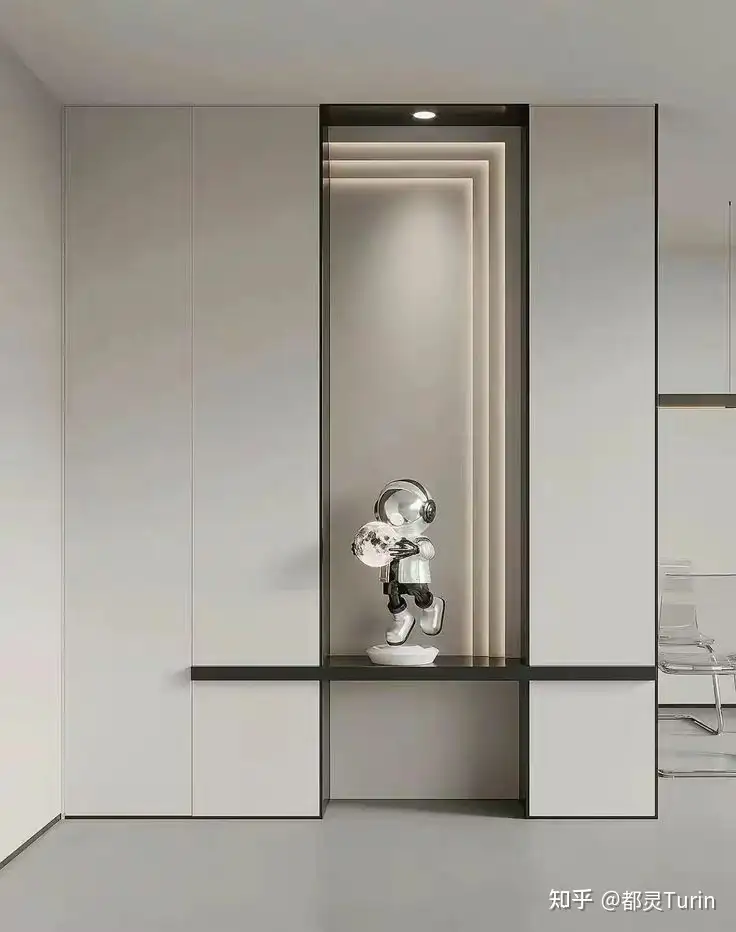
(Scarpa stacking, a design technique founded by Italian architect Carlo Scarpa, is also a common method in deconstruction. However, most of the time, rigidly applying this technique not only fails to achieve the desired effect but also becomes an excuse to sell more materials.)
This seems to have risen to a philosophical issue, especially in the home decoration industry, where there can be ten thousand different Hamlets in a thousand people's eyes, making the standards for evaluating design very vague. A simple "I think it looks good" can leave you speechless, and you certainly can't rudely say that my taste is bad, right? (When I'm not being self-deprecating)
But any exchangeable or debatable viewpoint must be based on a shared understanding. Regarding the future, I believe there are several points on which we can quickly reach a consensus:
What are the customization trends for the next 3-5 years?
(1) The trend of occurrence
1. Due to the decline in the real estate market, renovation has become a business in the existing market, and storage design is becoming increasingly important when re-renovating old houses.
2. Based on the first point, the status of the kitchen will significantly increase, and there is an urgent need to re-plan the workflow and appliances.
3. Removing the decoration, designs that highlight the natural characteristics of the material will receive more favor.
4. As the information gap is eliminated, the details of the finishing work are valued by the client, who is willing to pay for it.
5. The ability to provide a systematic solution for door, wall, and cabinet systems with a variety of materials is important.
(2) Details are changing
1. Storage of cabinet-type items
Before we tackle the issue of storage, we should understand: it's too difficult to change people through design. The essence of a house is not in the renovation; ultimately, it's about the people. Design according to habits, rather than trying to change them. Therefore, seriously recall and summarize your own habits. Actions that can be completed in one step should not be divided into two, and tasks that can be done conveniently here should not require several steps to be moved over there.
For example, the sideboard next to the dining area should certainly consider the functions of the kitchen, and can be equipped with a sink, steamer/oven, or water dispenser.
For example, the wardrobe must be deep enough and able to hang clothes. Currently, many clothes are oversized, and considering potential changes in body shape in the future, a wardrobe with a depth of 600mm may not meet the needs. The ceiling can be reserved at more than 620mm.
For example, in planning the layout of cabinets, under the same width, two 1-meter wide wardrobes can definitely hold more than two 0.8-meter wide wardrobes plus one 0.4-meter wide wardrobe. External drawers can definitely hold more and are more convenient to use than internal drawers.
2. Planning of the kitchen
Renovation is a journey of regret. The mistakes made in this house will not be repeated in the next, but new errors will be waiting for you.
One of the most important reasons for this is that the rate of appliance updates is much faster than the frequency of renovations. The development of kitchen technology is based on the concept of making people "lazier" and more comfortable. Therefore, the design philosophy of cabinets mainly focuses on two aspects: the layout of appliances and the functional hardware storage.
Based on washing, cutting, and stir-frying as the basic layout plan, the appliances are flexibly arranged in the front, middle, and back.
For example, install a garbage disposal unit under the sink (to grind and flush away wet waste to avoid odors), water purifier, and a small water heater. Next to the sink, you can install a dishwasher, fruit and vegetable washer, and a floor washer.
For example, set up a bracket on the operating area for convenient video viewing. Install corner pull-out baskets and full-height baskets (domestic prices are already relatively affordable). Arrange a kitchen refrigerator and other refrigerators (for storing cosmetics or health supplements).
3. Natural materials
The natural materials referred to here are not specifically about the natural colors of the materials or unprocessed materials, but rather the craftsmanship that highlights the characteristics of the materials with minimal embellishment is gaining increasing popularity.
For example, the Italian semi-transparent finishing technique, full-color transparency technique, veneer inlay technique, water-based zero-degree skin feel paint, and metal paint technique.
For example, the synchronized wood grain process for paint-free products, and the imitation leather, imitation fabric, and imitation stone and metal grain processes are becoming increasingly mature. Another example is that natural marble is now more widely replacing quartz slabs, etc.
Moreover, the natural defects of the material can be increasingly accepted by more people.
4. The craftsmanship of closing the opening
It can be said that implementing on-site is about solving the finishing, and the quality of the finish equals the quality of the construction.
The finishing work starts from civil construction and doors and windows, with each 环节 (link) involving masons, carpenters, and painters. As the information gap narrows and minimalistic styles become popular, more and more homeowners realize the importance of these details.
As the saying goes: It's easy to finish the inside corner, but the outside corner is a headache. Finishing the outside corner is the most important part.
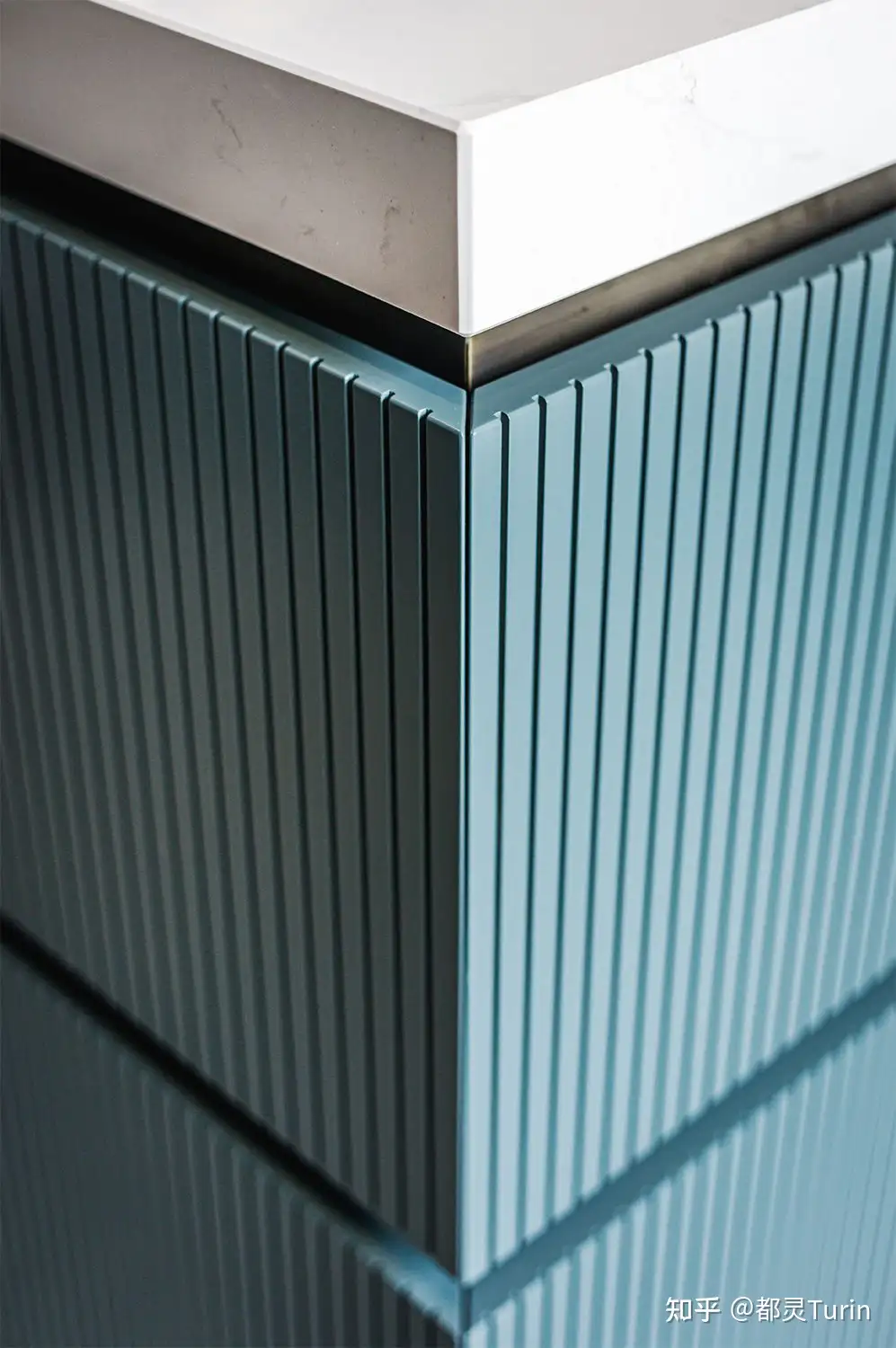
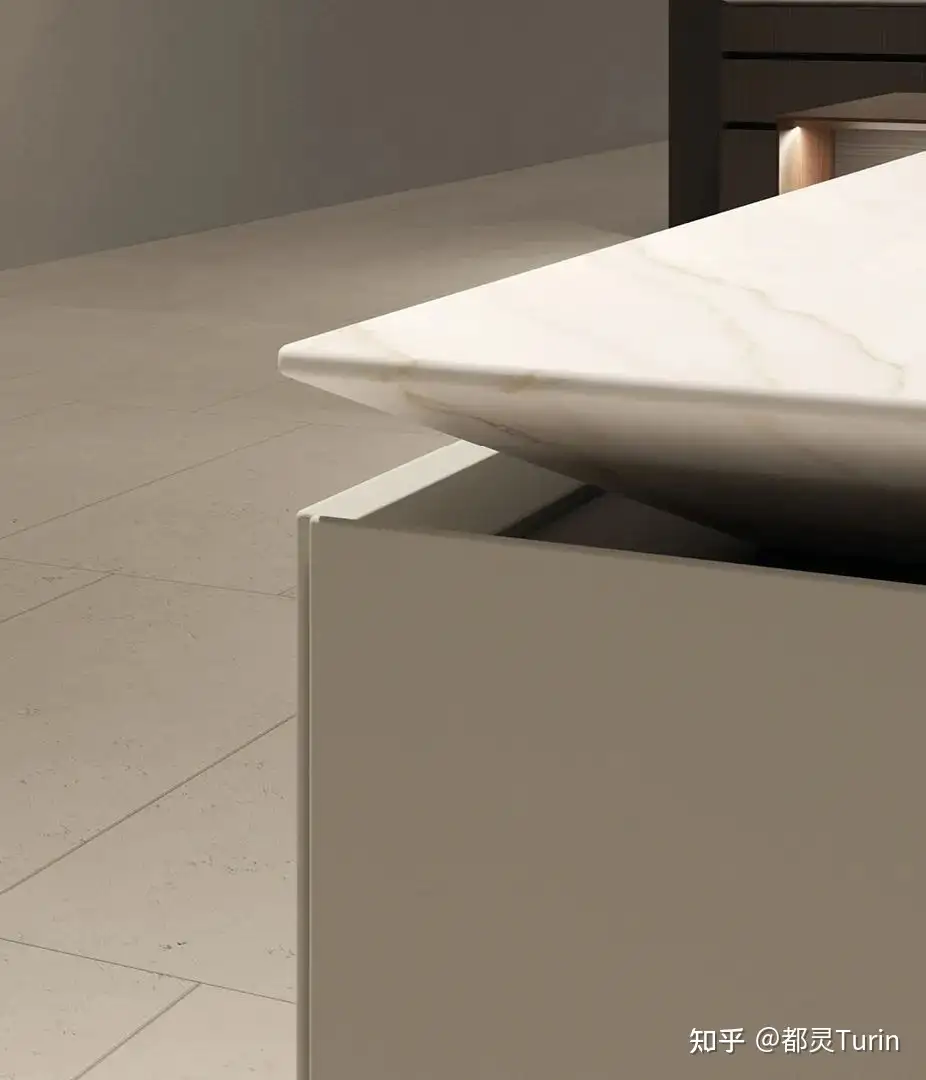
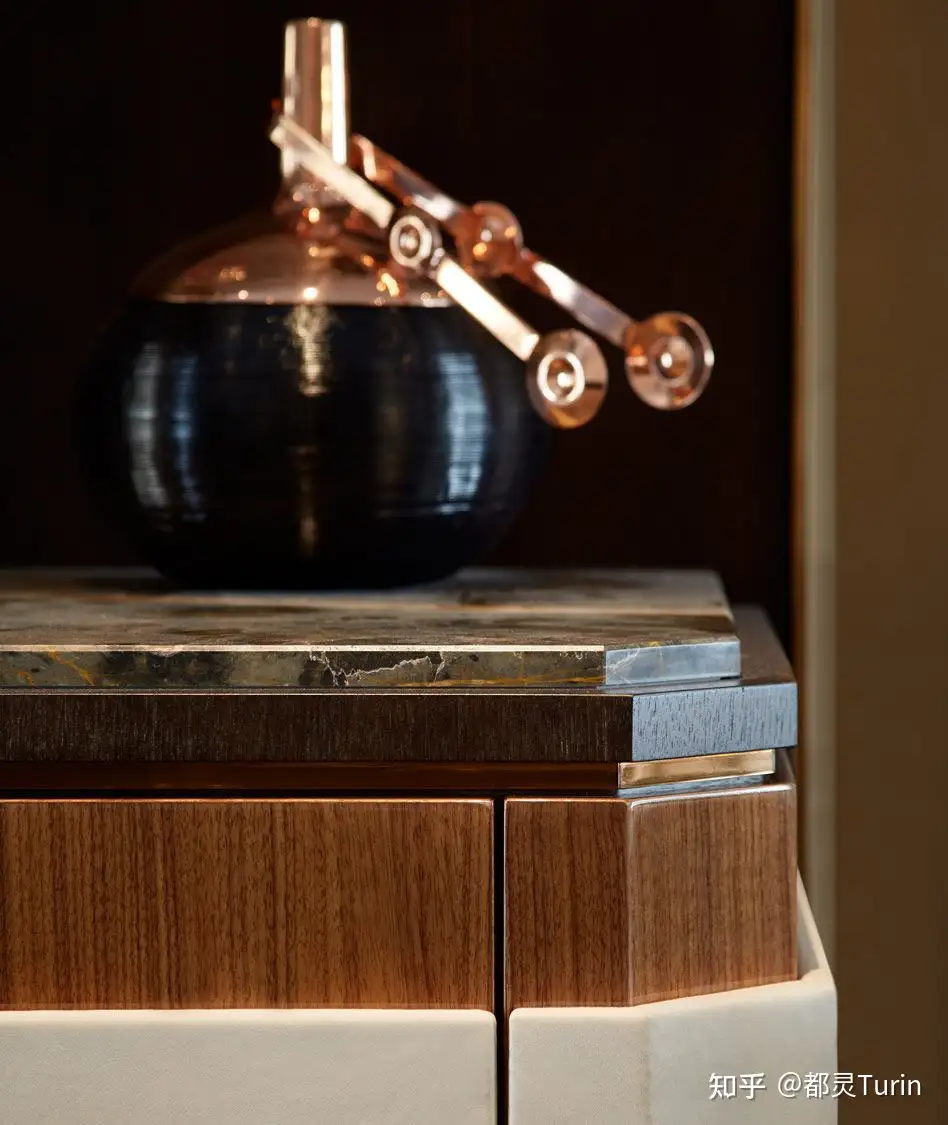
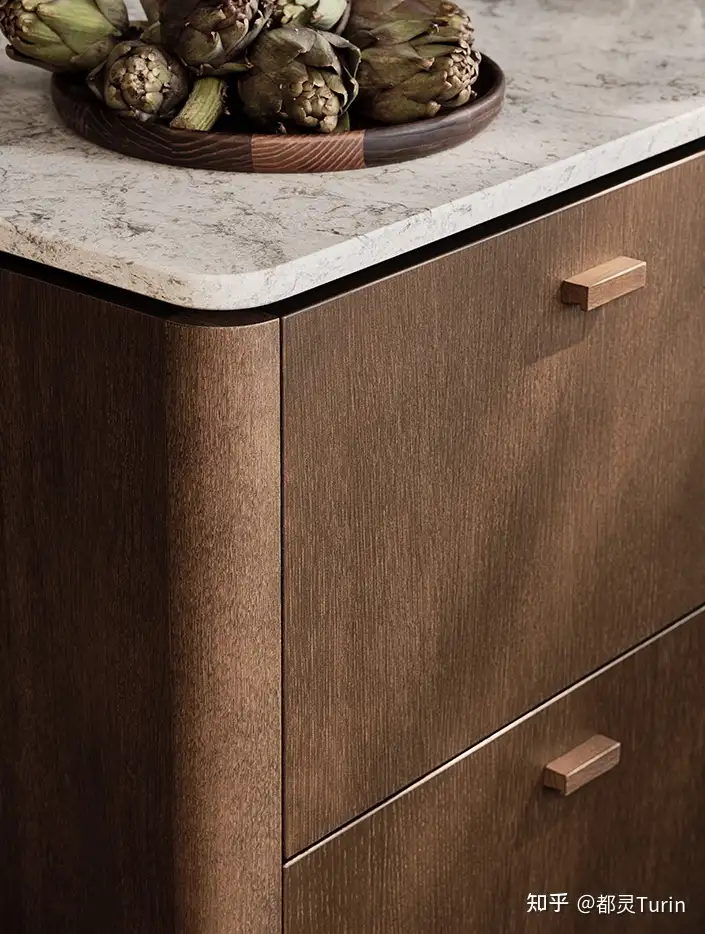
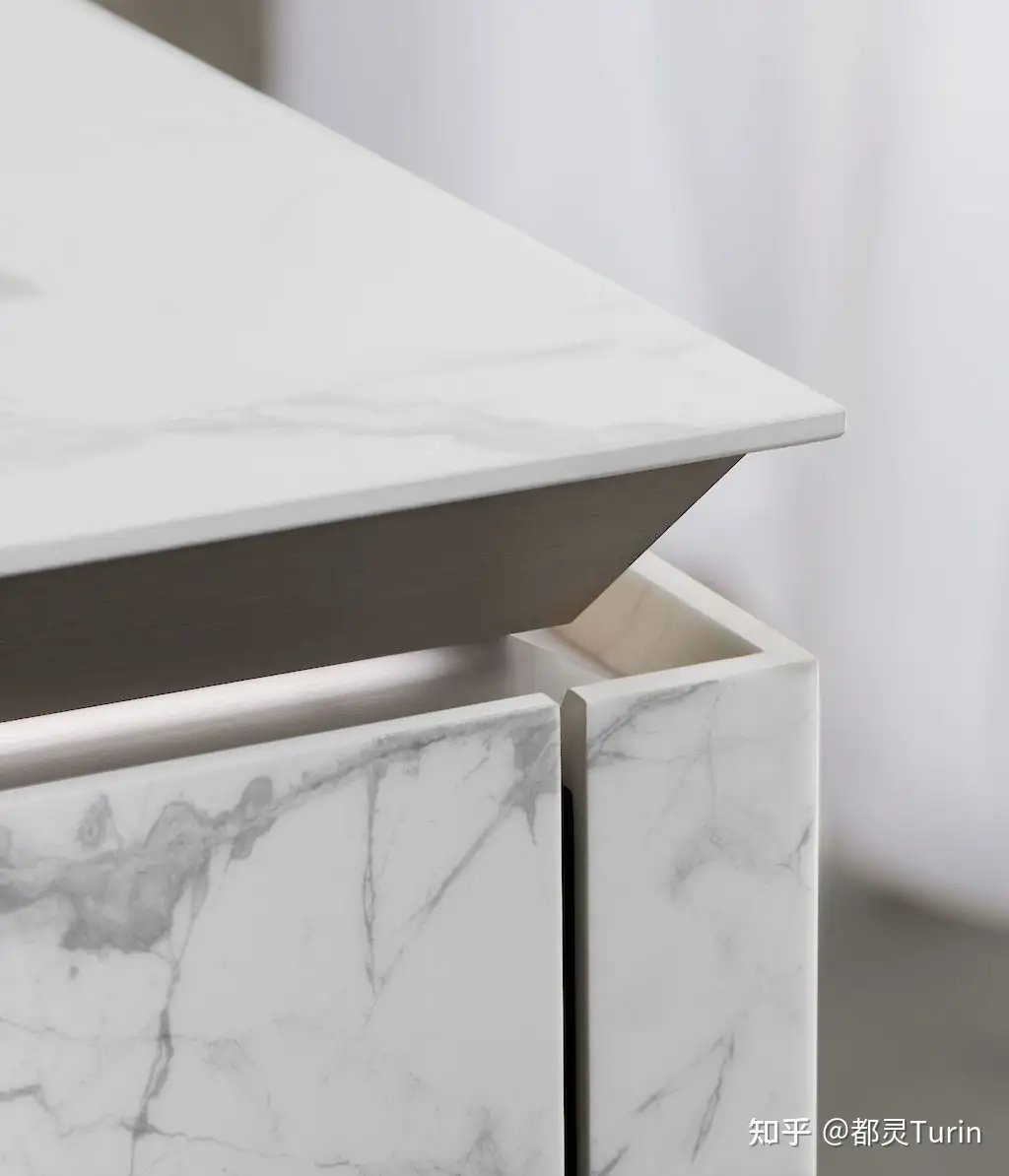

5. Systematized solutions
The same position can be handled in different ways, and different materials can be used interchangeably. There are no fixed rules or constant situations; solutions can vary widely.
How to achieve systematic 配套 (accompanying measures), with rules and a holistic view?
Note: The term "配套" is not commonly used in English in this context. A more natural translation would be "How to achieve systematic accompanying measures, with rules and a holistic view?" However, if "配套" is a specific term in the original context, it might be better to keep it as is or provide a more precise equivalent
For example, whether the baseboards are continuous throughout the entire house has a crucial impact on the overall effect during the whole-house renovation. A common challenge is that the baseboards are interrupted by doors or cabinets.
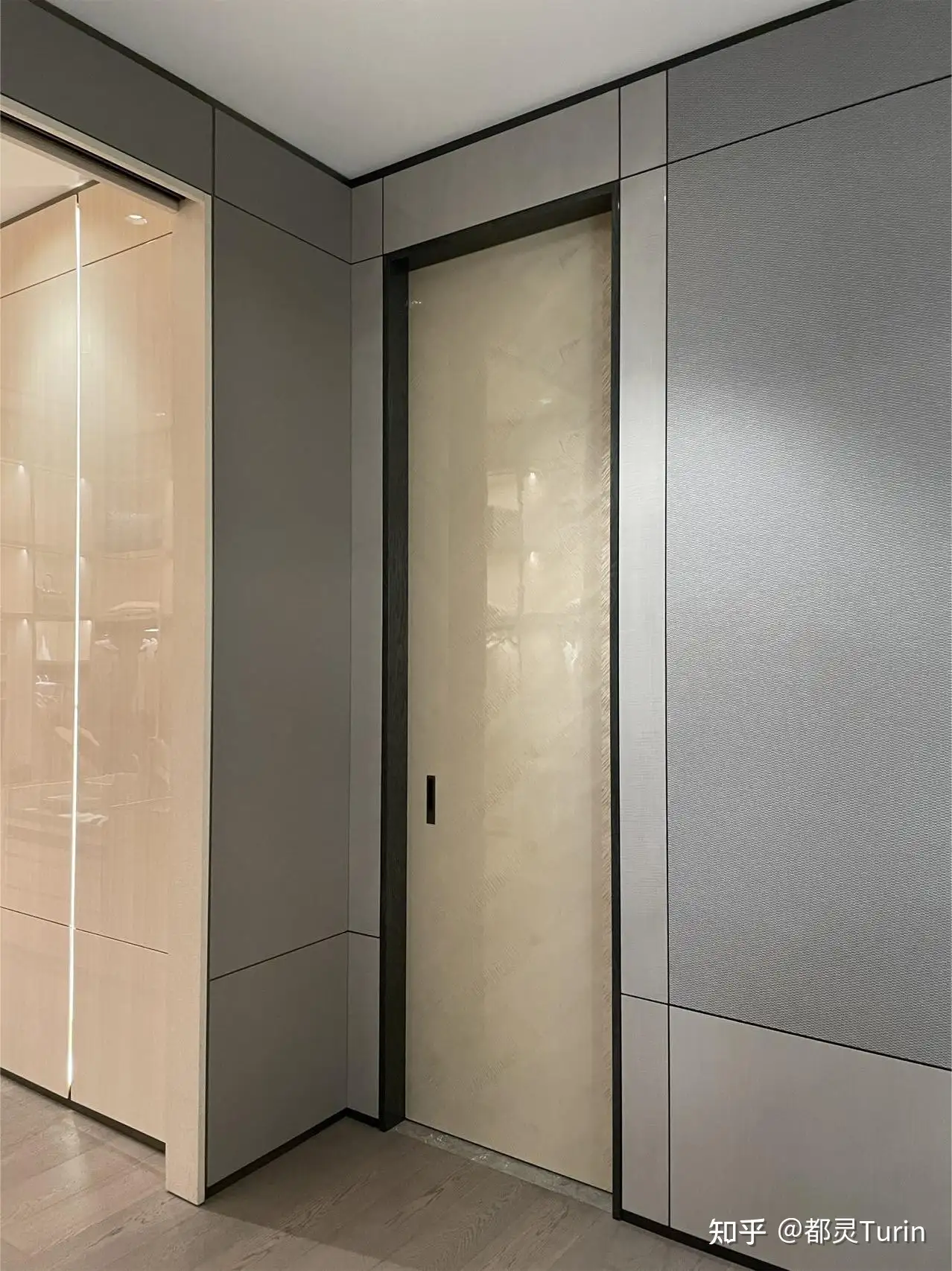
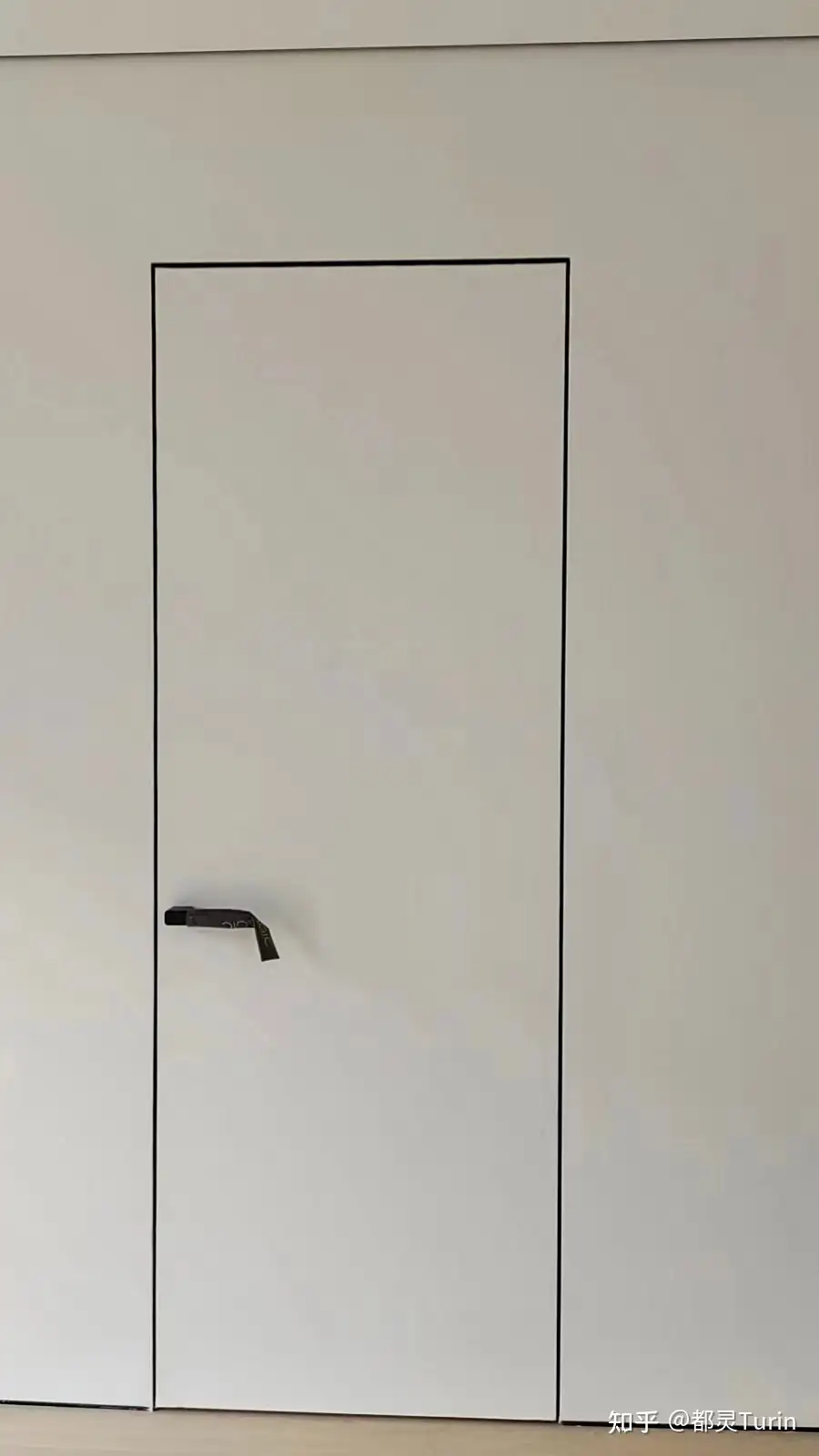
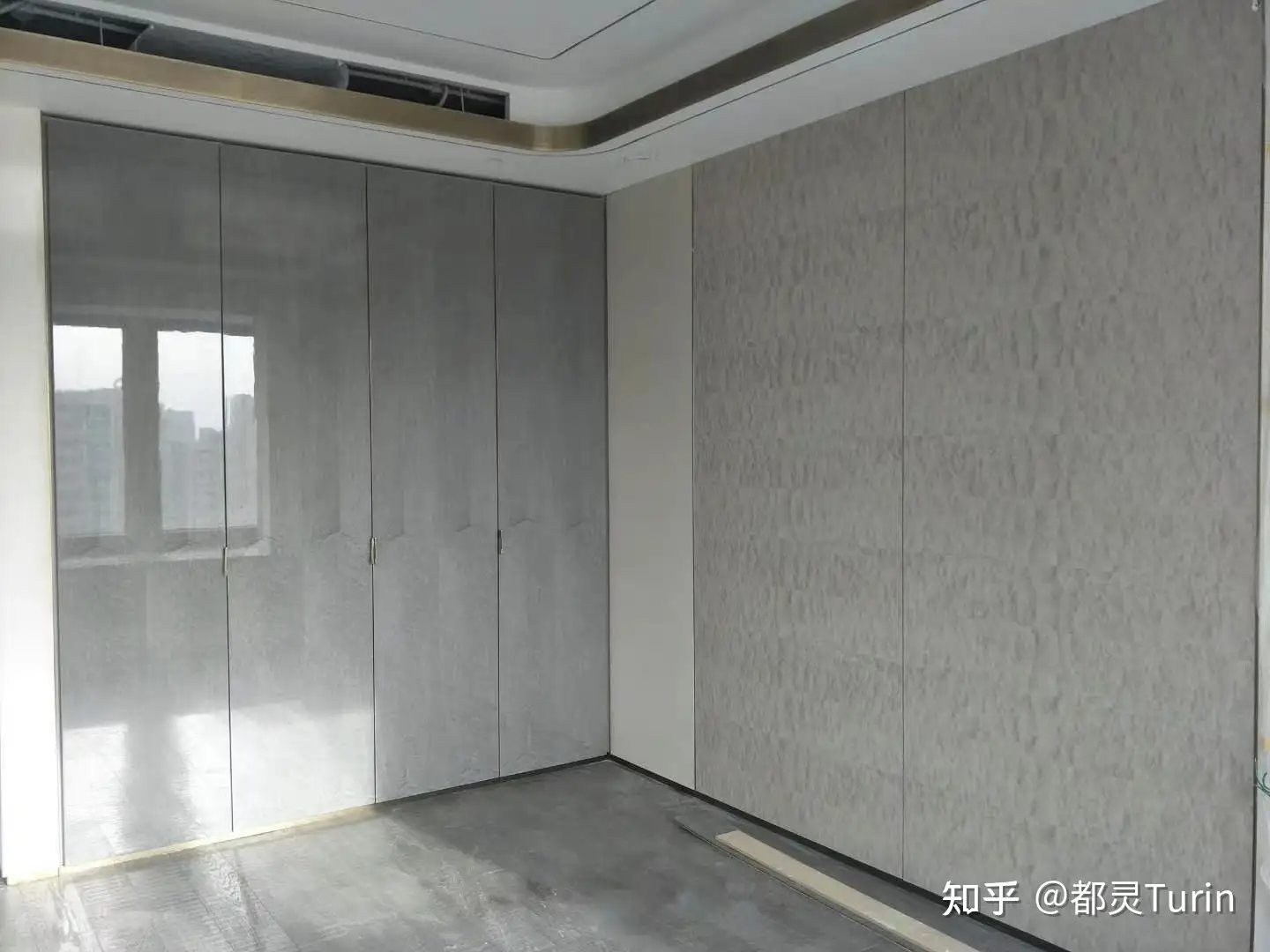
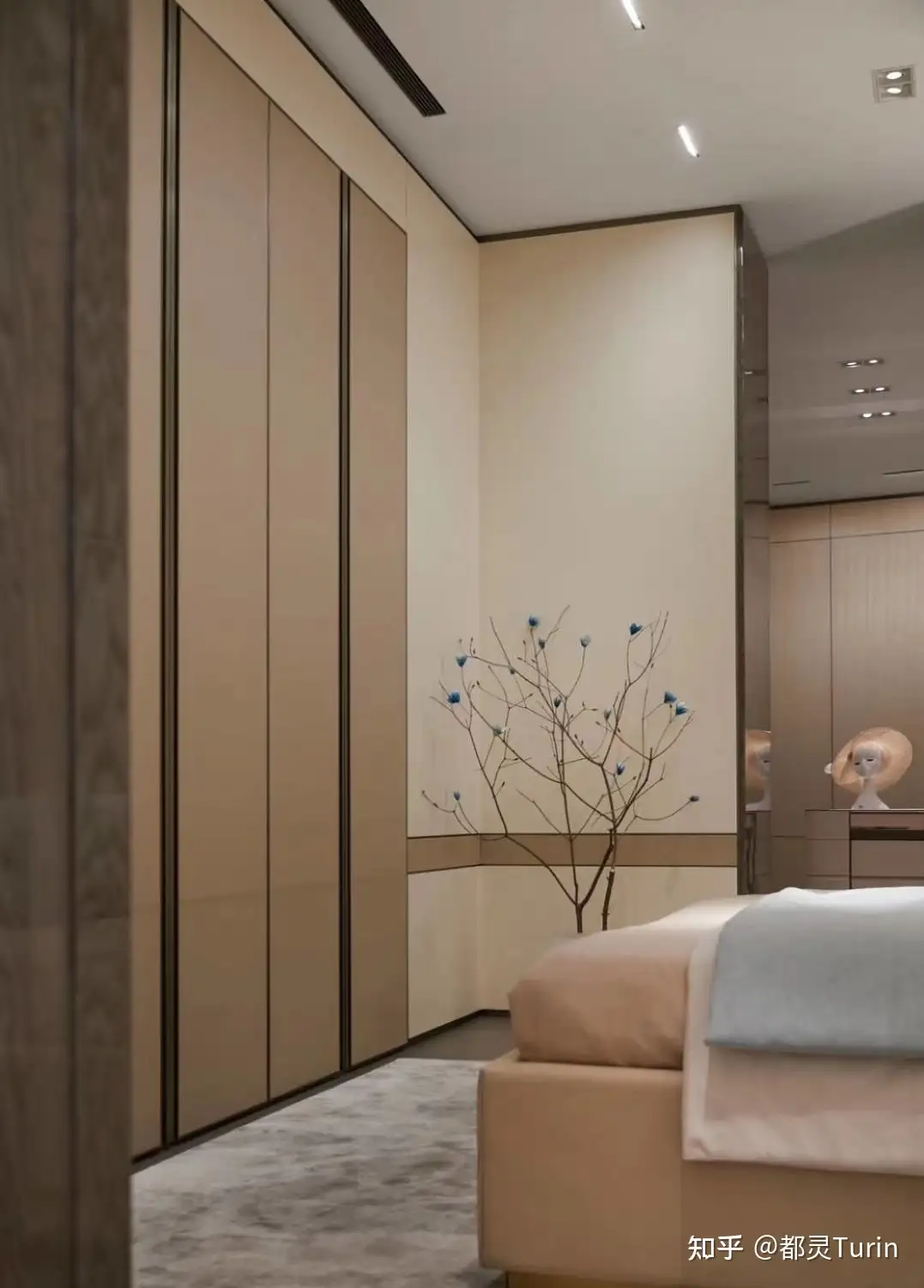
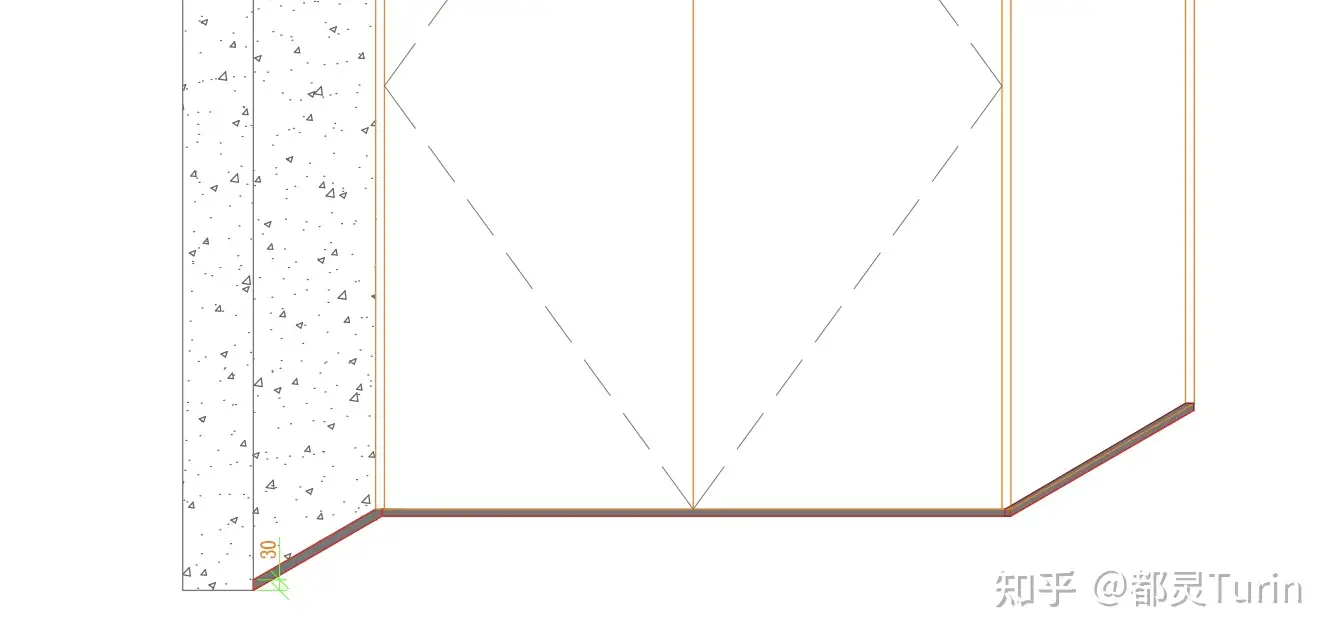
For the cabinet protruding from the wall, after raising the toe kick panel to the same height as the cabinet, wrap it around to the front of the cabinet toe kick, achieving a visually continuous toe kick effect.
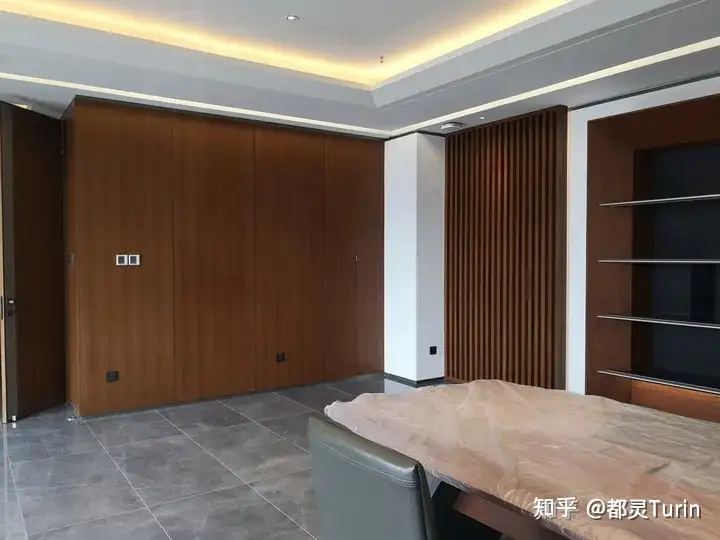
Four, Final Summary
Strictly speaking, any design has a certain lifespan, it's just a matter of how quickly it becomes obsolete. However, to be as "timeless" as possible in renovation and customization, design can be combined with predictions of "future design trends":
1. In terms of functionality, try to reserve the electrical and water layout for "whole-house smart systems". For example,预留 the whole-house lighting system, temperature control system, and 预留 kitchen appliance interfaces.
2. In terms of design aesthetics, opt for materials that have a "natural character" and choose a systematic solution for doors, walls, and cabinets; try to avoid periodic trendy design elements.
3. In terms of construction techniques, focus on the implementation of details. Spend money where it matters, hide the refinement in the corners, in the intersections of different materials, and in the mechanisms waiting to be deciphered.

Author: Turin
Column:Common Materials for Whole House CustomizationWhole House Customization
Article Excerpt
Design category:
Turin: A Brief Analysis of Interior Design Color Coordination Techniques
Turin: Summary — Design Ideas for Custom Home Furniture.
Turin: Summary — Methods for Finishing Custom Home Furniture.
Turin: How should the systematic solution for door, wall, and cabinet integration be achieved?
Turin: What details should be considered when designing an elderly person's room?
Turin: How to Optimize Kitchen (Cabinets) Design —— Water and Electricity Layout
Turin: How to Optimize Kitchen (Cabinets) Design —— Workflow Layout
Material category:
Turin: The paint technique in whole-house customization — zero-degree semi-transparent!
Turin: What misconceptions do you have about whole-house customization? — Material Edition
Turin: What are some high-end materials in whole-house customization? — Smoked wood veneer
Turin: What are some high-end materials in whole-house customization? — Dyed wood veneer
Turin: What are some good hardware options for custom home furnishings?
Pit-avoidance type:
Turin: Full House Customization Process — Tips for Zhihu Users to Avoid Pitfalls!
Turin: What misconceptions do you have about whole-house customization? — Brand Edition
Turin: When customizing furniture, how should you communicate with your designer?
Turin: How to compare the price, materials, and design of custom home furnishings?
Turin: Visited nine stores, eight of them sold veneer as solid wood!
Edited on 2024-02-01 12:04・IP Location: Shaanxi
More answers
As a large exhibition deeply rooted in the furniture industry, the Shenzhen Home Design Week will attempt to answer the trend changes in future design and whole-home integration from an industry perspective.
One, Design Trends: Designers and Design Brands Lead the Aesthetic Space of Full-Scale Projects
As more and more interior designers expand their scope to include furniture and soft furnishings design, they provide comprehensive design solutions for clients.
Brands are also beginning to focus on building their own design capabilities to meet consumers' more diverse demands, such as brands tending to deeply collaborate with many avant-garde and innovative design brands, excellent product designers, and artists. For example, Meetme "Time" × Zhou Chenchen, Hua Yi Space × Jiang Feng & Tang Zhonghan & Huang Zhida, Nanyang Dick "POSEENA·Pusina" × Li Runli, Chahui × Zhu Bingren & Li Jialin, Meichen × Huang Quan, Hangge "Weijian" × Liu Zongya, Zuoyou "Zaojing" × Kong Wu & Huang Ben, Disen × Liang Shaoxi, Heyan High Customization × Wu Wenli, Heyan - Tea Tasting Series × Peng Liang & Liu Yi, Renhao Home "MU21" × Lin Chen, Mo Xia × Shen Mo, Forward Meet Beauty × Chen Chunhua, Yuntong × Lin Weiping, etc., showcasing the rise of Chinese design brands under the enhanced furniture design capabilities.
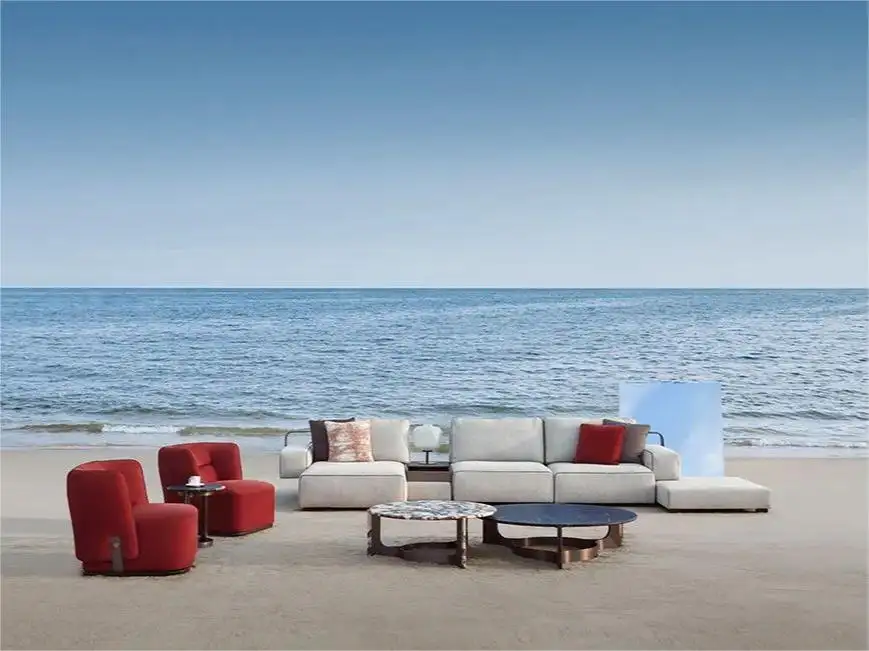



二、 集成趋势:高定、定制、家具、智能构建成整家集成体系
- 过去十年,消费者对高端私定的审美和消费需求推动高定的蓬勃发展。当下及未来,在设计与审美之外,消费者更关注各种情绪价值需求,让空间和环境更好地为人服务。
2. 与此同时,消费者对于一站式整家解决方案的需求更为强烈,这也影响着成品家具、定制家具、门墙建材等细分市场,都在走向整家集成的终极模式。不少定制品牌在强化品牌优势的基础上,持续拓展全屋生态链,形成定制+设计+家具+软装+智能等的整家集成体系。
整家集成一体化是必然,高定和潮流定制与家具软装的融合及转型,在明年3月17-20日举办的深圳家居设计周暨39届深圳国际家具展可以看到。
三、 渠道趋势:科技发展推动智能、零碳家居赛道崛起
- 全屋智能:过去几年,智能电器快速崛起,电器与家具从产品端到渠道端正在加速融合,家具电气化,电器家具化,从电器品牌到家具品牌,都在整合资源,研究全屋智能家居新模式。去年深圳家居设计周上,创维与仁豪家居合作推出的“六齿象”备受行业关注。

2. 零碳家庭:科技强国和双碳战略,驱动各领域都在探索绿色低碳发展,家居行业亦然。图森受邀参与深圳家协发起的【零碳家庭共建计划】,围绕“零碳工厂”、“低碳家装”、“智能家庭”等全新维度打造行业首个“零碳家庭”新模式。明年的图森【零碳家庭】特展,将联合华为数字能源、国网智芯、电力线载波(PLC)等技术方,以及行业领先的环保材料企业,共同助力中国绿色家居家装转型升级
3. 适老化设计:近些年来,我国人口老龄化程度不断加深,据卫健委数据,我国约有90%的老年人选择居家养老,居家健康养老产业将迎来发展黄金期。

深圳家协与香港家私协会、香港生产力促进局等多家机构合作“香港乐龄智能家居展区”,将围绕“科技赋能居家康养”为主题,展示前沿智慧养老产品、老龄化科技应用场景、家居空间适老化改造、智慧健康监护模式等,通过呈现创新设计和科技元素在乐龄家居空间的重要性,探索新时代的居家智慧养老模式。
仅以一个普通屋主的非专业身份,从屋主、商家和设计师三个角度,聊聊我的一己之见。

首先,就屋主而言,未来的定制家居设计应该是个性化的。
“定制”,即非量产、非雷同,是个性化的、与屋主本人审美爱好紧密相连的。这一点,其实在目前的家装中已经越来越明显,年轻一代装修都不喜欢找传统的装修公司,而是去找个人工作室或者单独的设计师,原因就是传统装修公司基本都是量产复制风格,而后者虽然也避免不了套路,但起码会把屋主的需求前置一些。
以我四年前装修为例,虽是半包且我个人主意很正,但装修公司的工长仍觉得我的想法不对,他引以为傲的带我去看了在黑石礁的另一套在装房子,他全包负责的产物——
灰色的地砖,金色的美缝,满屋塞得满满的白柜子,甚至还有窗套(纯粹为了拿回扣)……装得不对吗?对,基本功能都满足,也是当年大部分的装修风格,还不便宜,但很抱歉,和我个人的需求审美完全不对味。
我不要固定的瓷砖岛台,我要的是灵活的定制超长长长木桌子做岛台(虽然后期因为小户型空间有限,只能买了一张小的长桌);
我不要千家一律的白色封闭柜体,我要开放式的原木定制书柜,和我的墙完美契合,不多一分也不少一分;
我不要隔开厨房客厅的玻璃推拉门,即便你说破嘴皮做饭有油烟、明火不能用开放式厨房,那我可以买好一点的抽油烟机、改用电磁炉;
……
如同现在很多家庭客厅抛弃传统三件套,改做书房、游戏厅一样,以后这样的场景会越来越常见,甚至未来客厅做书房都会被抛弃,因为现在可能我们只看到一千种屋主的个性展示,而未来将有一万千万种个性呈现,尊重每个屋主的不同兴趣爱好,放弃惯性套路复制思维,将是定制家居的第一大设计趋势。



这一点其实关键在于屋主,是否深切了解自己的兴趣喜好,以及是否有足够的勇气打造一个彰显自己个性、可能不被常人理解的家。这也是为什么定制家居并不是主流,因为很多屋主的认知还停留在“大家怎么装修,我就怎么装修”的思维上。
其次,就品牌商家来说,未来的定制家居应该是智能互联的,懒人思维至上的。
虽然本人对智能家居始终保持着敬而远之的态度,但我一直认为这是大势所趋。目前最常见的智能家居场景就是从下班进家门开始,灯光自然亮起,然后通过语音唤醒音乐、关闭窗帘等,智能饮水器、智能冰箱等家电更是不可或缺。
大胆设想,未来的定制家居,将在此基础上,开拓更多懒人至上的新智能场景,比如:
冰箱显示屏联网,根据已有食材推送菜谱,及时提醒食材新鲜程度及食用时机;
比如地毯可以根据不同室内温度,自动加热,满足年轻一代及幼儿爱光脚的需求;
比如花瓶花盆可以根据植物及光照等因素,自动提醒浇水换土等等。

这些设想虽然天马行空,但我想表明的是:
所有智能家居都是因人类的懒惰而生,犹如外卖、快递的日渐迅猛,现在尚未接入智能连接的家居,都是未来定制家居可以大展拳脚的场景,这是需要智能家居品牌重点发力的地方。
最后,就设计师来说,未来的定制家居也应该是经典的,即经验与流行的合体,而非一时的网红跟风。
聊到家居,一个不可避免的话题就是犹如粉圈换老公的高频——流行不超过三个月的家居风格,今天奶油风,明天极简风,后天复古风……
这些部分家居博主常常一拥而上分享的风格,有很多都是出于流量和带货的考虑;倘若普通人将其照搬到自己的家装中,往往发现现实与理想相去甚远,这一点有无数网友的惨痛案例为证。
而在未来的定制家居中,理想的状态应该是了解流行,但不被流行绑架,而是结合屋主的个性与累积的经验,最终呈现出经典而又因地制宜的家装。


它一定是经得起时间考验的,无论网上刮哪股家居风格,它都不会过时。这一点其实考验的是设计师的功力,后者既要有丰富的家装经验、也要有对流行的洞察,最后也是最重要的还有对屋主的个性了解及说服能力。而现在的家装设计师,要么埋头快速走量复制(常见于连锁装修公司),要么完全迎合业主一味妥协(常见个人设计师),将三者结合的并不多,包括工长。
以上就是我对未来定制家居趋势的一些浅见,仅供探讨,希望未来大家都更了解自己,家居也更为个人而生~
Hi,我是李唐唐,一个33岁独居有狗的人间体验家, 爱读书, 爱家居,爱跑步。
同时也是知乎2023好物推荐官、2023城市发现官、2023好物100提案人。
欢迎关注,和我一起体验这个坎坷与喜悦并存的世界吧。
renovation topic excellent answerer


